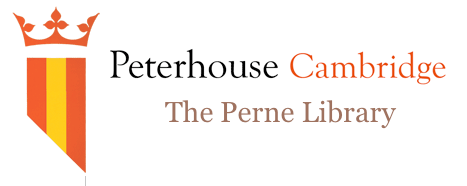Click an entry to see more information about that item.
| Folio / Pages | Composition / Item title | Number of voices | Source attribution | Composers (? Uncertain) |
|---|---|---|---|---|
| fragment 1 recto | Holy holy holy Lord God almighty (Anthem for Trinity Sunday) | - | [Batten] | |
|
Appears on:
fragment 1 recto
Genres:
Anthem
Source Attribution:
[Batten]
Voice:
[no designation]
Languages:
English
Clef:
c3
Voice Text:
Holy Lord God Almighty
|
||||
| fragment 1 verso | O how happy a thing it is | - | [Batten] | |
|
Appears on:
fragment 1 verso
Genres:
Anthem
Source Attribution:
[Batten]
Voice:
[no designation]
Languages:
English
Clef:
[c3]
Voice Text:
O how happie a thing it is (Psalm 133)
|
||||
